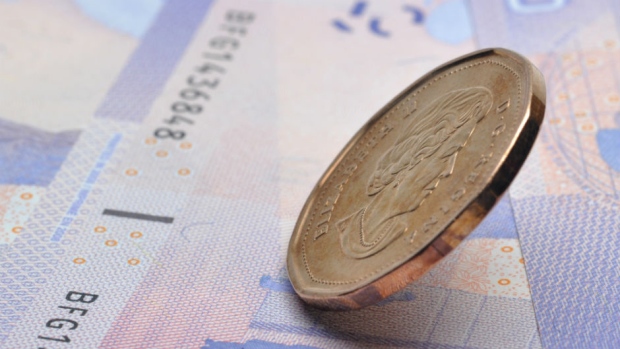Dec 15, 2017
Loonie weakens after surprise drop in manufacturing data
, Reuters

The Canadian dollar weakened against its U.S. counterpart on Friday after domestic data showed a surprise drop in factory sales, while the greenback climbed broadly on prospects of a U.S. tax overhaul.
Manufacturing sales fell 0.4 per cent in October, pulled down by weak sales of autos and other transportation equipment. Analysts had forecast a 0.8 per cent increase.
The U.S. dollar rose 0.5 per cent against a basket of major currencies on optimism a tax bill would be passed by year-end.
The loonie got a boost on Thursday after Bank of Canada Governor Stephen Poloz said in a speech the central bank was increasingly confident the economy will need less stimulus over time, although the currency gave up some gains after dovish remarks by Poloz in a subsequent interview.
"Just looking at the way the Bank of Canada communicates, it's not as clear, for instance, as the Fed," said Eric Viloria, currency strategist at Wells Fargo. "That does contribute a bit more in the price swings in the Canadian dollar."
The Bank of Canada is leaving the door open to further interest rate hikes in early 2018, making it clear that a number of uncertainties that could derail the economy, such as NAFTA renegotiation, are a reason for caution but not inaction.
At 4 p.m. ET, the Canadian dollar was trading at $1.2878 to the greenback, or 77.65 cents US, down 0.6 per cent. The currency's strongest level of the session was $1.2740, while it touched its weakest since Tuesday at $1.2890. For the week, the loonie dipped 0.2 per cent.
The currency lost ground despite higher prices of oil. U.S. crude prices settled 0.5 per cent higher at US$57.30 a barrel, supported by a pipeline outage in the North Sea.
Speculators have trimmed bullish bets on the Canadian dollar for eight of the last nine weeks, data from the U.S. Commodity Futures Trading Commission and Reuters calculations showed. As of Dec. 12, net long positions had slipped to 41,960 contracts from 42,466 a week earlier.
Canadian government bond prices were mixed across a flatter yield curve, with the two-year down 1.5 cents to yield 1.555 per cent and the benchmark 10-year rising 17 cents to yield 1.834 per cent. The gap between Canada's 10-year yield and its U.S. equivalent widened by 2.4 basis points to a spread of -51.5 basis points.


